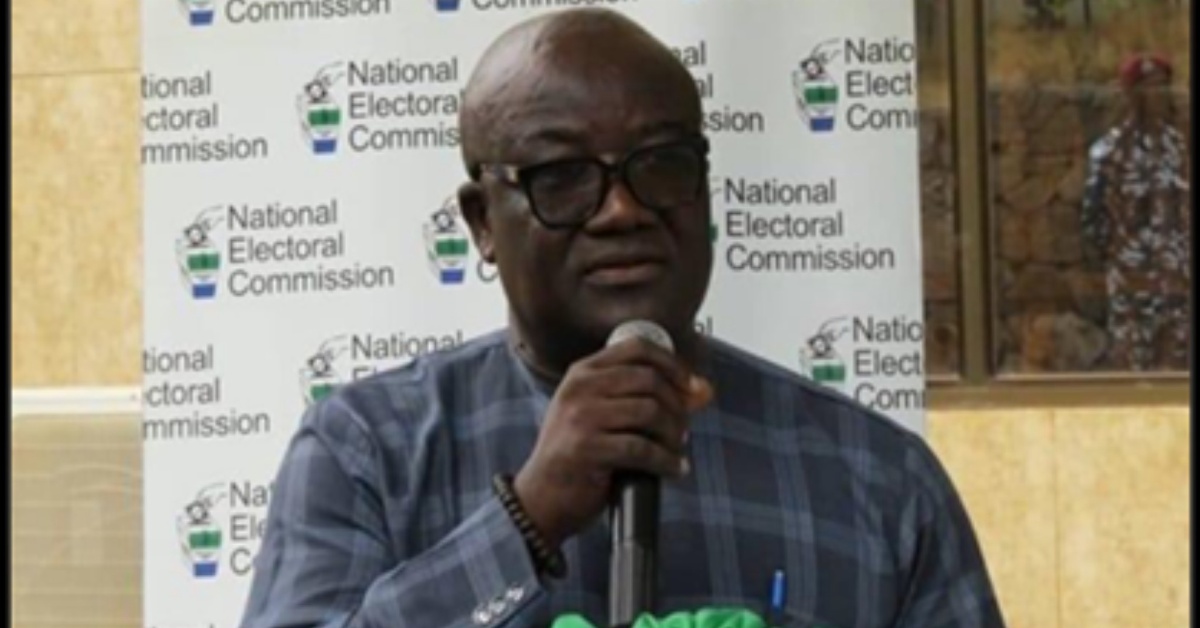With the Proportional Representative System under tense debunking by some honourable members of Parliament and the general public, many Sierra Leoneans are in dark of what the PR System is and why Mr. Konneh, ECAL Commissioner disclosed using it come 2023 presidential election.
As debates and debunking of the system is ongoing by members of the well of Parliament, below are some key concepts of the PR System in Sierra Leone to take notes on.
1. What is a Proportional Representation?
This is a system where the whole country is treated as a single-member constituency. Political parties submit a list of individuals in order of preference for the number of seats in Parliament. in addition, a reserve list is also presented. For example, if there are 120 Parliamentary seats, political parties will present 240 names of individuals in order of preference. The Electoral Commission will now set a threshold for political parties to get nationally if they are to have representation in Parliament. For example, the Electoral Commission will say any political party getting 5% or more in the national vote cast will get a seat in Parliament. Therefore, the more votes a political party has nationally, the more seats that political party is allocated. The system ensures that all voters deserve representation and that all political groups in society deserve to be represented in the House of Parliament in proportion to their strength in the votes cast.

2. What is The District Block System?
It is the same form of proportional representation but it operates at the district level. In this system, political parties submit a list of individuals in an order of preference to represent a political party in a district for the number of seats allocated to that district. It also makes room for people who wish to contest as independents to have their names placed along the political parties in the district.
3. Is The District Block/Proportional Representation System Part of The Laws of Sierra Leone?
Yes. It became part of our laws in 2002, following an amendment to the Constitution of Sierra Leone, 1991 by the Constitution Amendment Act, 2001. This system was used to conduct the 2002 elections for ordinary members of parliament.
4. When Can The District Block Electoral System be Used in Sierra Leone?
As per law (The Constitution of Sierra Leone, 1991 (Act No.6 of 1991)), anytime a population census is conducted and the population of communities is altered, the Electoral Commission is bound to draw up new boundaries to reflect the population quota for every locality in the country. Where the Electoral Commission is unable to do so for whatever reason(s), they can then use the district block form of proportional representation so that the population of the country can be fairly represented as to do otherwise will violate the 1991 Constitution.

5. Has a Census Been Taken of The Population?
Yes. Sierra Leone recently conducted a mid-term population census. The result has been published showing the new patterns of the population quota of the Republic of Sierra Leone.
6. Did The Electoral Commission of Sierra Leone Draw up New Constituencies Boundaries Based on The Population Quota?
No. it is now practically impossible to draw up new constituency boundaries that will reflect the true population of the country as provided for under the 1991 Constitution of Sierra Leone. The old boundaries are now over five years. There are new population figures therefore we cannot use the old constituencies anymore.
7. What Happens When New Boundaries Are Not Drawn to Reflect The Latest Census?
The Electoral Commission for Sierra Leone should consult with the President of the Republic of Sierra Leone in line with the provisions of the 1991 Constitution of Sierra Leone.
8. Can The President Direct The Electoral Commission to Conduct The Elections Using The District Block System?
Yes. In line with the provisions of the 1991 Constitution of Sierra Leone, where the Electoral Commission has not been able to draw new constituency boundaries, the President can so direct that the election for representatives be so conducted using the district block system.
9. Has such a Directive Been Given by The President to The Electoral Commission?
Yes. The President has given the directive to the Electoral Commission in line with the provisions of our national Constitution.
10. What Happens Next?
The Electoral Commission in line with the provisions of the 1991 Constitution can now proceed by Statutory Instrument to make regulations for the conduct of the Presidential, Parliamentary and local government elections. The Electoral Commission will also allocate parliamentary and local council seats to districts based on the proportion of their population.
11. Are Independent Candidates Allowed to Contest in The District Block System?
Yes. Based on the provisions of the 1991 constitution, a person who wishes to contest as an independent candidate can do without any let or hindrance.
12. What Are Some of The Benefits of The District Block PR System?
- All voters will be duly represented
- All political groups have the potential of been represented in Parliament or local council
- All political parties stand the chance of having representatives in every district in Sierra Leone.
- It has the potential of uniting all political groups to pursue a national agenda.
- Faster development of districts as all representatives will put their resources together to develop their district.
- It prevents violence normally associated with bye-elections as there will be provision for bye-elections in an event of a vacancy.
- Government can save resources for the conduct of bye-elections for both parliament and local councils and direct them towards other development.
- It will give full effect to women’s representation with the potential of having over 30% of women on the list of candidates submitted by political parties for both parliament and local council.
- It will ensure quality and effective representation in Parliament.



 Post a comment
Post a comment 









